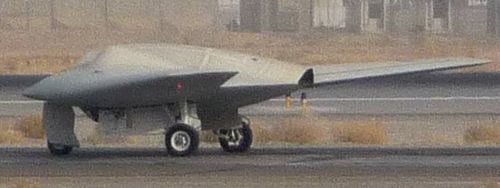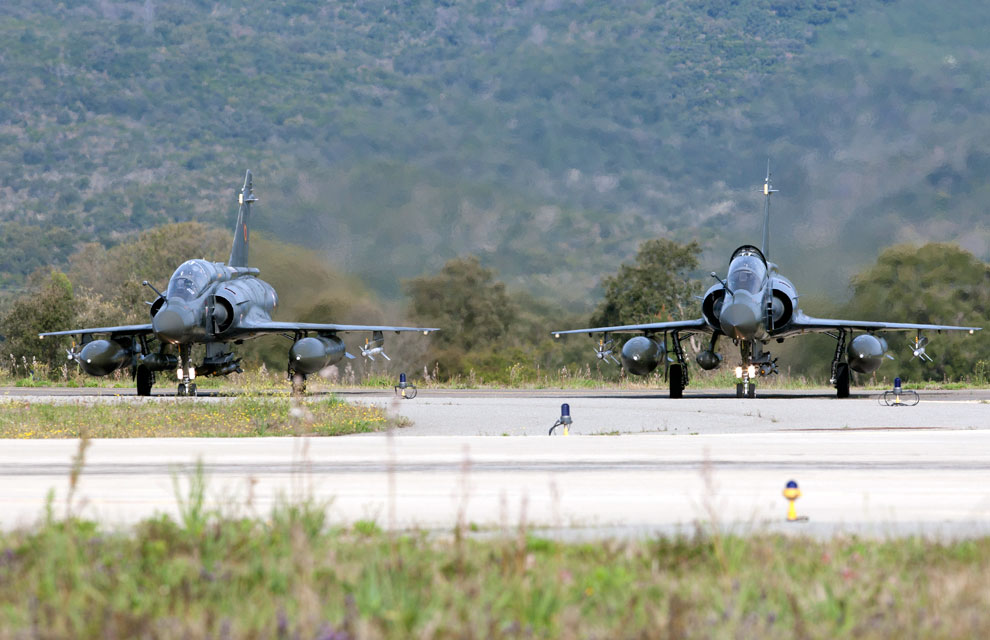
According to the Iranian Fars news agency, on Dec. 4, Iran’s army downed a U.S. remotely controlled spyplane, along the country’s eastern border. Although no image of the wreckage was released so far, the American drone was described as an intruding RQ-170 Sentinel, first spotted in Afghanistan in 2007 and since then dubbed the “Beast of Kandahar”.
This is the fourth time this year Iran claims to have shot down a U.S. drone. No images have ever been released of the previous downed drone hence, unless a photographic evidence is disclosed, we can’t be sure a downing did happen.
The spy drone is currently seized “with very little damage” meaning that, provided a drone was really lost in Iran, it was not hit by any anti-aircraft system. Indeed, unless it was an extremely lucky shot, I think Iran has not the equipment and capability to intercept and destroy a radar evading Sentinel. Most probably, the robot suffered some kind of failure or lost satellite guidance during a covert surveillance mission: an almost conventional mission of the long lasting unconventional stealth war to the Iranian nuclear program.
Noteworthy, according to an unnamed military official quoted by state TV, Iran’s cyber warfare unit managed to take over controls of the Sentinel and bring it down. Is it possible? Maybe, otherwise I would not explain why the RQ-170 was not remotely destroyed with a kill-switch reportedly used on such systems to prevent them from going in the wrong hands. Such self-destruction systems are designed to bring down the drone should its pilot lose satellite link from the mobile ground control station.
The stealthy UAS (Unmanned Aerial System) is one of the most precious of the U.S. arsenal and it is believed to have taken part in Operation Neptune’s Spear (or “Operation Geronimo”) the Navy SEALs raid for the capture of Osama Bin Laden, that revealed the existence of the famous Stealth Black Hawk.
The RQ-170 is flown by Air Combat Command’s 432nd Wing at Creech Air Force Base, Nev., and the 30th Reconnaissance Squadron at Tonopah Test Range, Nev. Creech AFB is the same from where MQ-1 Predators, those whose mobile ground control stations were infected with a computer virus.
If the most important U.S. drones suffered a malware attack are we sure Sentinels can’t be hacked by Iranian military?
First, we have to be sure an RQ-170 was really downed….
Update: someone asked me to explain what I meant for “hacking” a Sentinel.
I’m not suggesting someone was able to hack the drone and land it. Maybe disrupting/jamming the satellite link with the mobile ground control station and inhibit its self-destruction system would be enough. Then, the uncontrolled drone could crash land with minor damages.

Image source: Internet



